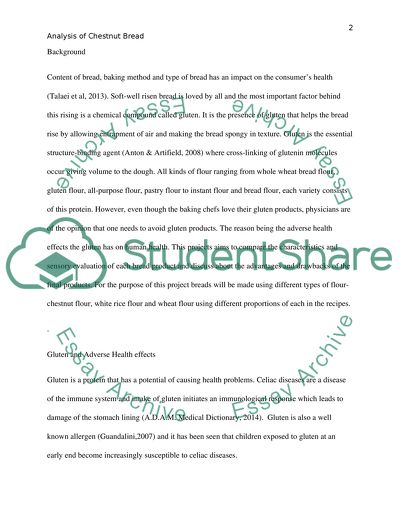Cite this document
(Health Effects of Chestnut Bread Research Paper, n.d.)
Health Effects of Chestnut Bread Research Paper. Retrieved from https://studentshare.org/health-sciences-medicine/1651184-food-properties
Health Effects of Chestnut Bread Research Paper. Retrieved from https://studentshare.org/health-sciences-medicine/1651184-food-properties
(Health Effects of Chestnut Bread Research Paper)
Health Effects of Chestnut Bread Research Paper. https://studentshare.org/health-sciences-medicine/1651184-food-properties.
Health Effects of Chestnut Bread Research Paper. https://studentshare.org/health-sciences-medicine/1651184-food-properties.
“Health Effects of Chestnut Bread Research Paper”, n.d. https://studentshare.org/health-sciences-medicine/1651184-food-properties.


